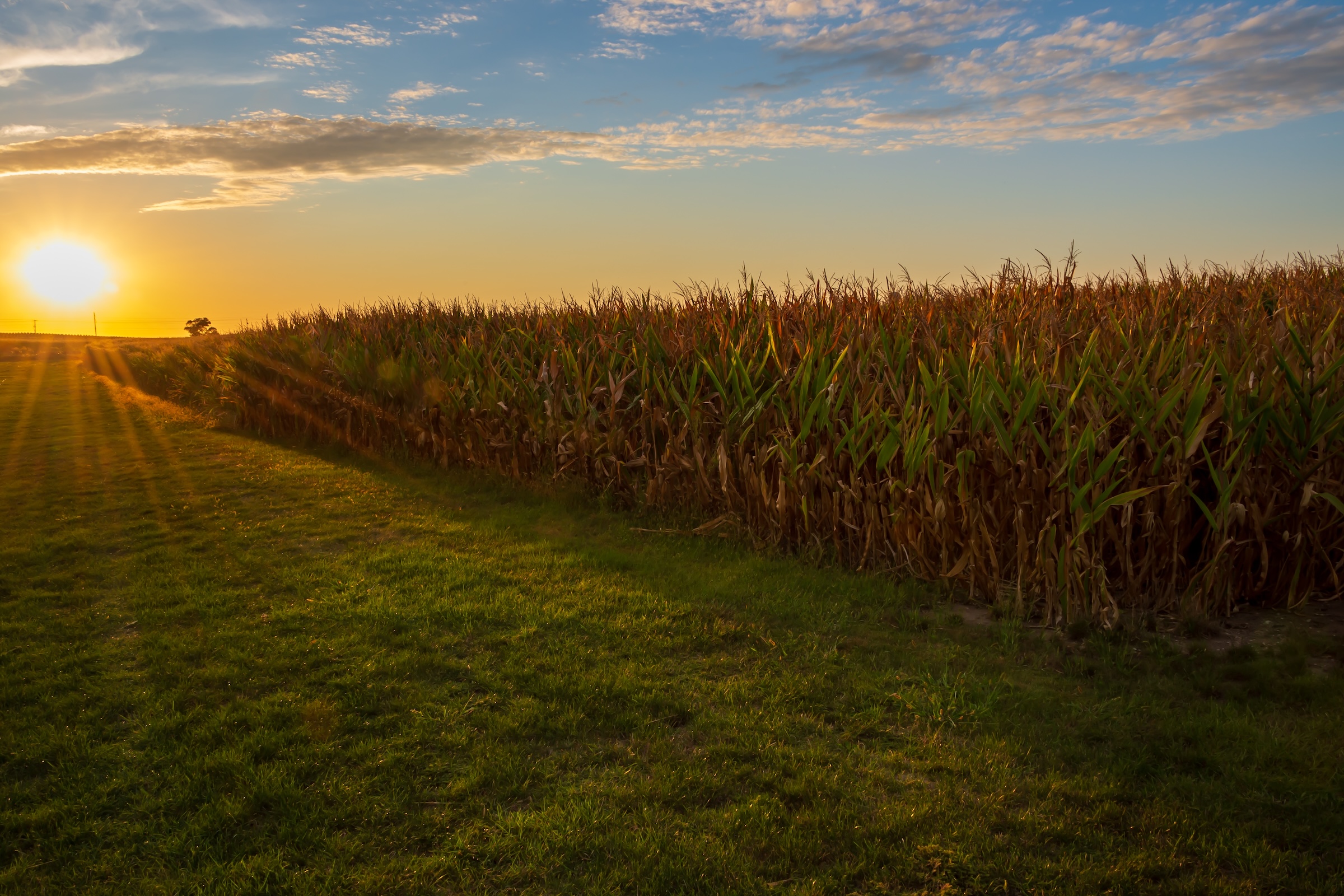Al Charlson is a North Central Iowa farm kid, lifelong Iowan, and retired bank trust officer. This column was first published in the Waverly Newspapers.
We recently received the 2025-26 real estate tax statement for our farmland in my “home county.” The 11 percent increase must have felt like a punch to a lot of our neighbors back home at this time of corn and soybean prices below the cost of production. It hits particularly hard for younger farmers struggling to provide for their families, make farm payments, and maintain their machinery.
As a note to my non-farm friends and neighbors, the assessment of Iowa farmland for real estate taxes is entirely different than it is for our homes. Home assessments are based on recent sale prices of comparable homes. Since 1977 Iowa farmland has been assessed based on soil productivity (estimated value of crops produced minus production costs).
That makes a big difference. Based on the Bremer County Assessor’s valuation, our Waverly home is worth about 1.4 times the estimated fair market value of our “home county” farmland. The non-city portion of 2025-26 taxes on our Waverly home are about 4.4 times the taxes on our farmland. In my opinion this accommodation for agriculture, the base of Iowa’s economy, is reasonable and justified.
The productivity-assessment of our farmland did not change from last year to this year. The 11 percent increase in taxes is almost entirely due to a higher school district tax levy. That levy increased 23 percent, and school district taxes equal 48 percent of our total farm real estate tax bill.
Our farmland happens to be in the school district from which I graduated. I was a member of a high school graduating class of 92 sixty years ago. Since then the district has consolidated with a neighboring district. Even so, the 2025 graduating class had only 37 members. That story is repeated across rural Iowa, as the number of farm families has steadily declined and other work opportunities have not developed to provide alternative sources of income.
It’s obviously tough to manage a school system with declining enrollment. If last year’s second grade had 30 students and this year’s has 27, the district can’t lay off one-tenth of a teacher or turn the lights off 10 percent of the time.
Recent Iowa K-12 public school funding policy has made it tougher. In the eight completed school fiscal years since Republicans gained total control of Iowa state government in the 2016 election the annual increases in state public school per pupil support (Supplemental State Aid) have averaged 2.1 percent. Inflation (Consumer Price Index) has averaged 3.5 percent, leaving an average annual gap of 1.4 percent.
That gap has a compounding or “snowball” effect. Compared to where they were in 2016-17 in terms of inflation-adjusted per pupil state support, Iowa’s K-12 public schools are 11.8 percent worse off. It’s not surprising that rural school districts are raising their real estate tax levies.
Tightly holding increases in public K-12 school funding below the rate of inflation has been a key to Republican leaders’ multi-year strategy to accumulate large surpluses. Even after filling the so-called “rainy day” funds, they have piled up over $2 billion in surpluses in each of the last two years and nearly $4 billion in the Taxpayer Relief Fund. Those funds are now being used to patch a $925 million hole, the result of deliberate choices by the Republican-controlled legislature and Governor Kim Reynolds when they severely cut income taxes.
This strategy is obviously not sustainable. When those one-time surplus dollars run out, the patch will be gone and the hole in the budget will force cuts in education, health care, and public safety. It could become critically serious in an economic downturn, especially if Iowa’s core agricultural sector slides into a prolonged slump.
In 2023 Republican lawmakers established the governor’s private school voucher program (they use the label “Education Savings Accounts,” although that is not how these accounts function). Beginning in the current 2025-26 school year all budget limits or restraints have been removed from the program. Private school voucher spending is growing rapidly from $128 million in 2023-24, to $218 million in 2024-25, to a projected $315 million in 2025-26.
Since there are no private schools in many rural counties, the private school voucher program is effectively pulling income and sales tax revenue out of rural communities and transferring it to the state’s larger cities, where most private schools are located.
This column has focused on farmland taxes, but I know our friends and neighbors in town are concerned about property taxes, too. That picture is more complicated (and I am subject to a word count limit), so residential property taxes may have to be a topic for another column.
Top image of an Iowa farm field waiting to be harvested is by Stone’s Throwe Photo, available via Shutterstock.


1 Comment
this is a very grim cycle
with no end in sight.
Keep cutting taxes at the state level and things fall apart.
The public doesn’t seem to grasp this, the local press largely doesn’t seem to grasp this,
and there will be no feds coming to save us from ourselves this time.
dirkiniowacity Tue 23 Sep 11:02 AM